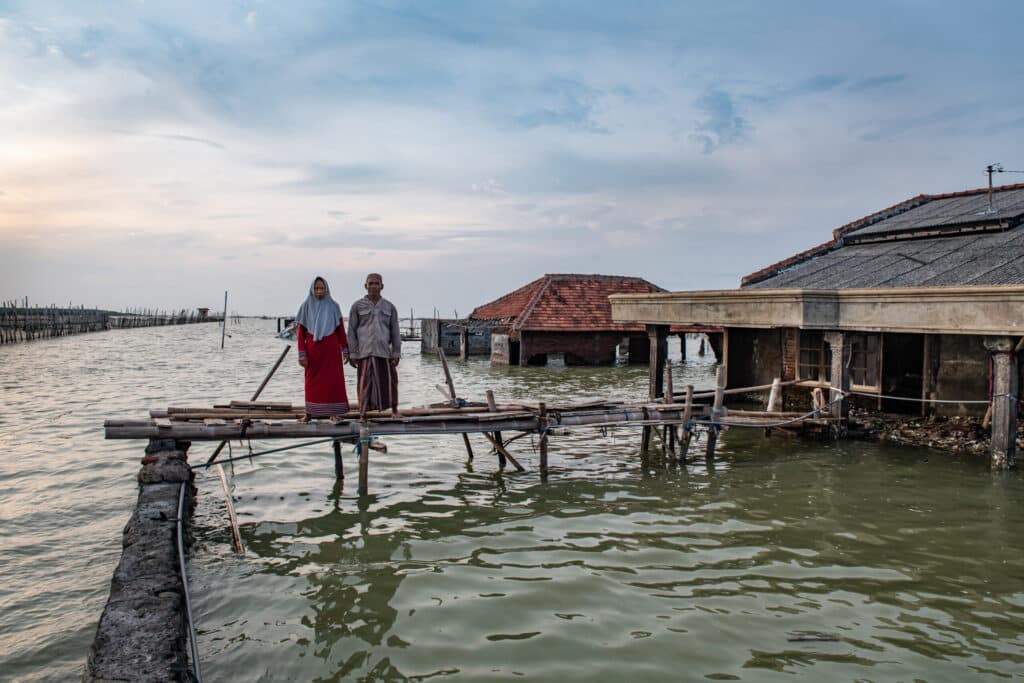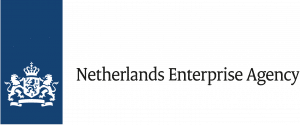
Evaluating the environmental impact of Egyptian water treatment plants
Share:
Go to:
Two winters ago, Partners for Water received a request from the Egyptian state authority for water and sanitation to provide advice on how to reduce the environmental impact of the three water treatment plants in the Nile delta. In order to do this, Partners for Water contracted the Dutch environmental engineering consultancy firm TAUW and connected them with an Egyptian counterpart. We spoke to TAUW advisors Julia Opdam and Paul Telkamp about the results and the lessons learnt from this international cooperation.
‘We calculated the environmental impact associated with the use phase of three types of water treatment plants. In order to do this we worked out what the quantity of additives, electricity and emissions per cubic meter of treated water would be,’ explains Paul. This data can be used to calculate the annual impact of the operations that keep the treatment plants running and in which areas ‘environmental savings’ can be made.
Using local data
‘Our counterpart in Egypt, Holding Company for Water and Wastewater (HCWW), collected the necessary data for us. We then made the calculations from our office in the Netherlands,’ explains Julia. On the one hand this seemed to work efficiently, but on the other it also created challenges. Paul explains: ‘You can only really get to know the treatment if you’ve also been on site to see that treatment. Then you can better understand the results that you get from the data. The fact that we couldn’t check the data on site sometimes made the interpretation a little more difficult.’
Understanding the local context
‘When you visit the water treatment on location and talk to the people who work with it, you also learn to understand the context better. This means that you’re not only dependent on the data, but you can give more critical and targeted advice with the help of detailed information,’ explains Julia. ‘A visit to Egypt didn’t fit within the scope of this specific project, but we will take these insights with us for any future projects,’ adds Paul.
Contextual factors
One of the outcomes of the research was that improvements can still be made regarding the energy used by the treatment plants. ‘Green electricity is an important factor when determining the environmental impact of the energy use. But compared to the Netherlands, Egypt mostly uses grey electricity. So you automatically get a relatively high environmental impact.’ Julia adds: ‘In the Netherlands we’re accustomed to adjusting the aeration based on the contamination in the incoming water flow and the quality which the outgoing flow must comply with. This saves a huge amount of energy. But this is not the standard for water treatment in Egypt. It’s essential to take into account these contextual factors when formulating advice for the client.’
Market opportunities
For TAUW there is no project planned in Egypt in the near future, but both Julia and Paul see many opportunities in the field of water treatment and wastewater collection. ‘There is still plenty of room for innovation in the field of products and technology,’ adds Paul. Julia indicates that there is also a need for process automation.





